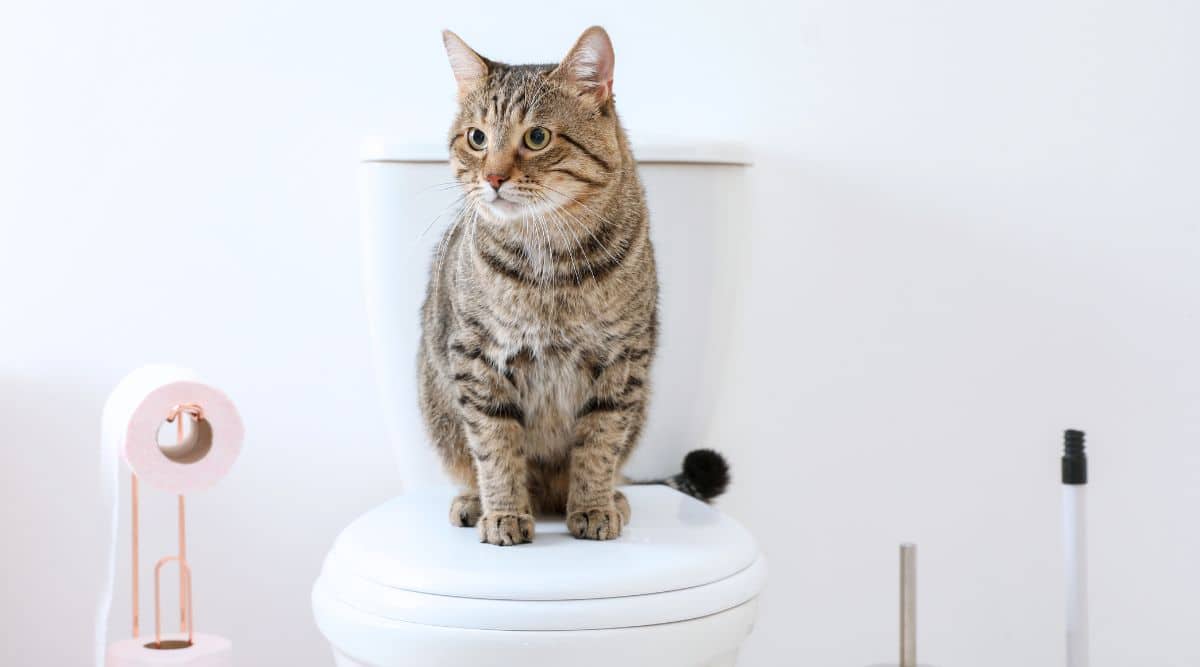Here down the page you will find a lot of brilliant resources relating to How to Dispose of Cat Poop and Litter Without Plastic Bags.

Intro
As feline proprietors, it's essential to bear in mind just how we deal with our feline friends' waste. While it may appear convenient to purge feline poop down the bathroom, this technique can have harmful consequences for both the environment and human health and wellness.
Ecological Impact
Purging cat poop introduces dangerous pathogens and parasites right into the supply of water, posturing a substantial risk to marine ecosystems. These pollutants can negatively influence aquatic life and concession water high quality.
Health Risks
Along with environmental problems, flushing pet cat waste can also present health threats to humans. Pet cat feces may consist of Toxoplasma gondii, a bloodsucker that can cause toxoplasmosis-- a possibly extreme disease, specifically for expectant females and people with weakened immune systems.
Alternatives to Flushing
The good news is, there are safer and extra liable methods to dispose of cat poop. Consider the following options:
1. Scoop and Dispose in Trash
The most common approach of disposing of feline poop is to scoop it right into a biodegradable bag and throw it in the trash. Make certain to make use of a committed clutter scoop and throw away the waste quickly.
2. Usage Biodegradable Litter
Choose naturally degradable pet cat trash made from products such as corn or wheat. These litters are eco-friendly and can be securely gotten rid of in the trash.
3. Bury in the Yard
If you have a backyard, consider hiding pet cat waste in an assigned location far from veggie yards and water sources. Be sure to dig deep enough to prevent contamination of groundwater.
4. Mount a Pet Waste Disposal System
Purchase a family pet waste disposal system especially developed for feline waste. These systems use enzymes to break down the waste, minimizing odor and environmental influence.
Verdict
Accountable pet ownership prolongs beyond giving food and shelter-- it likewise includes appropriate waste administration. By refraining from flushing feline poop down the bathroom and opting for alternative disposal approaches, we can lessen our environmental footprint and protect human wellness.
Why Can’t I Flush Cat Poop?
It Spreads a Parasite
Cats are frequently infected with a parasite called toxoplasma gondii. The parasite causes an infection called toxoplasmosis. It is usually harmless to cats. The parasite only uses cat poop as a host for its eggs. Otherwise, the cat’s immune system usually keeps the infection at low enough levels to maintain its own health. But it does not stop the develop of eggs. These eggs are tiny and surprisingly tough. They may survive for a year before they begin to grow. But that’s the problem.
Our wastewater system is not designed to deal with toxoplasmosis eggs. Instead, most eggs will flush from your toilet into sewers and wastewater management plants. After the sewage is treated for many other harmful things in it, it is typically released into local rivers, lakes, or oceans. Here, the toxoplasmosis eggs can find new hosts, including starfish, crabs, otters, and many other wildlife. For many, this is a significant risk to their health. Toxoplasmosis can also end up infecting water sources that are important for agriculture, which means our deer, pigs, and sheep can get infected too.
Is There Risk to Humans?
There can be a risk to human life from flushing cat poop down the toilet. If you do so, the parasites from your cat’s poop can end up in shellfish, game animals, or livestock. If this meat is then served raw or undercooked, the people who eat it can get sick.
In fact, according to the CDC, 40 million people in the United States are infected with toxoplasma gondii. They get it from exposure to infected seafood, or from some kind of cat poop contamination, like drinking from a stream that is contaminated or touching anything that has come into contact with cat poop. That includes just cleaning a cat litter box.
Most people who get infected with these parasites will not develop any symptoms. However, for pregnant women or for those with compromised immune systems, the parasite can cause severe health problems.
How to Handle Cat Poop
The best way to handle cat poop is actually to clean the box more often. The eggs that the parasite sheds will not become active until one to five days after the cat poops. That means that if you clean daily, you’re much less likely to come into direct contact with infectious eggs.
That said, always dispose of cat poop in the garbage and not down the toilet. Wash your hands before and after you clean the litter box, and bring the bag of poop right outside to your garbage bins.
https://trenchlesssolutionsusa.com/why-cant-i-flush-cat-poop/

As an enthusiastic reader about How to Dispose of Cat Poop and Litter Without Plastic Bags, I thought sharing that excerpt was sensible. Do you know about somebody else who is involved in the subject? Be sure promote it. Thanks so much for taking the time to read it.
Maintenance Sign-Up